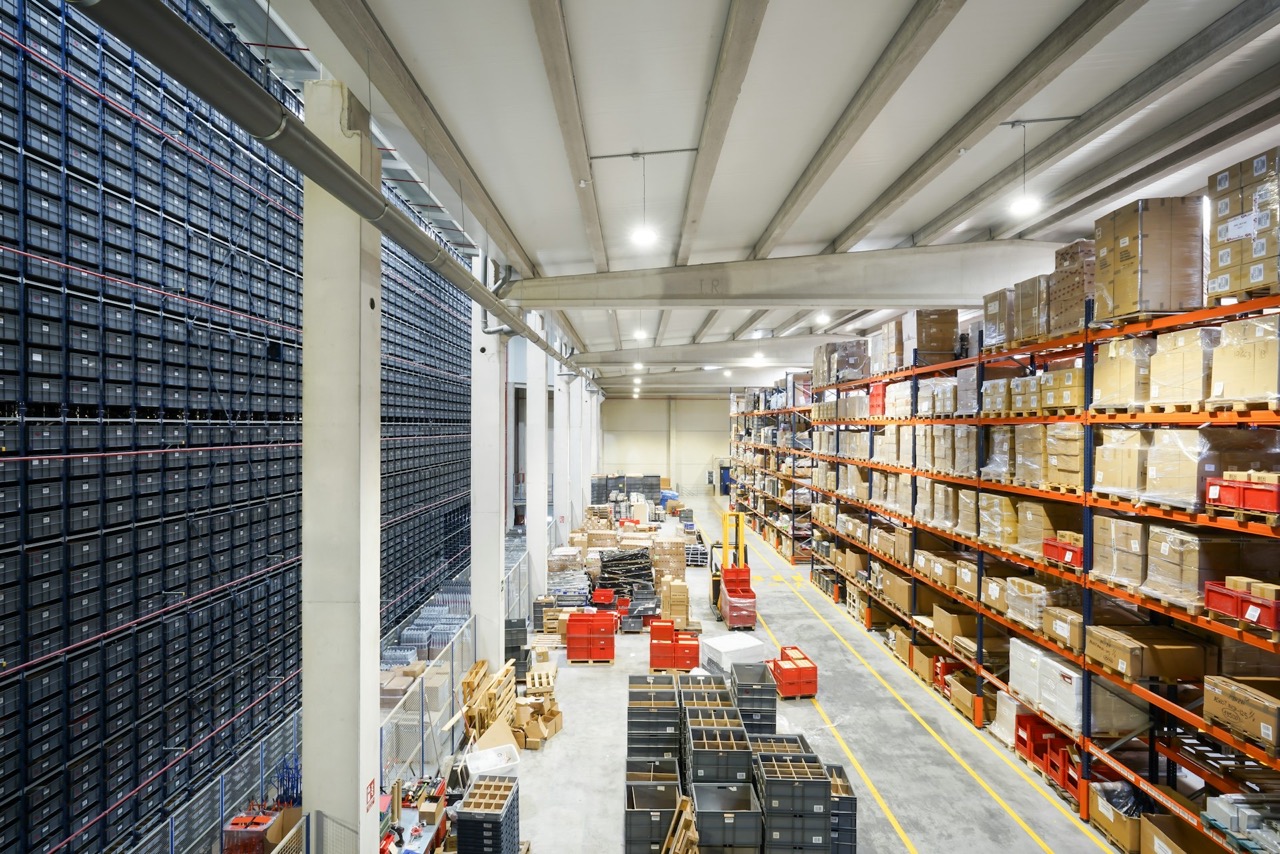In the fast-moving world of e-commerce grocery and FMCG, scaling quickly is often the difference between leading the market and falling behind. But rapid growth can sometimes come at the cost of structure and control. One company, operating from a 0.7 lakh sq. ft. warehouse and distributing to over 250 stores across two states, faced this exact challenge as it pushed to open new fulfillment centers at speed.
Challenges
Expansion was happening, but procurement was a weak link. Purchases were fragmented and unstructured: there was no SOW (scope of work), no material classification, no standard BOQ, no budgeting process, and no SOPs. Approval matrices didn’t exist. The company relied on just three vendors, none of whom were specialized in Capex, Opex, or consumables. The result? Inefficiency and risk. There was no formal process for purchase-to-pay (P2P), no structured negotiations, and decision-making was siloed. Procurement was simply about speed, with little governance or cost control. The team lacked experience in structured procurement, which meant focus stayed narrowly on expansion, while spend kept ballooning.
The Intervention: Building Procurement from the Ground Up
The leadership realized that if they wanted to sustain growth, they needed to transform procurement into a strategic function—not just an operational one. The objective was clear: establish strategies, governance, and cost savings without slowing expansion down.
The journey unfolded in four structured phases:
- Phase 1 – Rapid Stabilization
A temporary approval mechanism was introduced, alongside vendor search for critical items. This gave immediate control over spend while still allowing expansion to continue smoothly. - Phase 2 – Structure & Governance
The team created SOWs and material classifications, categorized spending into Capex, Opex, and Services, and linked budgeting to project milestones. SOPs and approval matrices were also introduced. This brought in much-needed visibility and control. - Phase 3 – Vendor Development & Optimization
The company expanded its vendor base by onboarding specialized suppliers and startups, and shifted to competitive bidding with TCO (Total Cost of Ownership)-based evaluations. This phase alone delivered ₹2.4 crore in savings on a ₹17 crore procurement spend (14% vs industry average of 8–10%). - Phase 4 – Digitization & Long-Term Enablement
Finally, procurement processes were digitized, embedding transparency and accountability. A digitized P2P workflow integrated with reporting was introduced, along with a Procurement Playbook for future projects. Procurement became a capability in itself, no longer just a support function.
The Results
The transformation paid off. Vendor deliveries became 20% faster, the procurement process became transparent and accountable, and long-term sustainability was achieved through a fully digitized system. Importantly, procurement was no longer an afterthought—it was embedded as a strategic driver of growth.
Conclusion
This case highlights how procurement, when built thoughtfully, can do more than just control costs. It can enable scalability, ensure governance, and free up leadership bandwidth to focus on growth. By embedding procurement capability, the company created a foundation that will support not just today’s expansion, but tomorrow’s ambitions as well.


